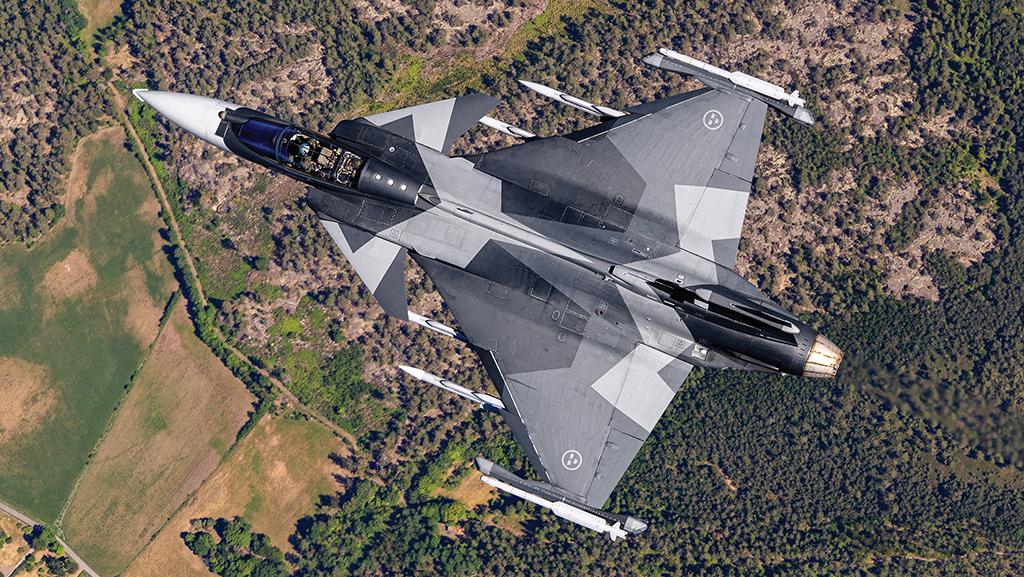
Saab’s Gripen E has yet to enter Swedish Air Force service, but the manufacturer is already being asked to think about what comes next.
Credit: Linus Svensson/Saab
Having awarded Saab and GKN Aerospace contracts for initial future combat aircraft studies, the Swedish government could be firing the starting pistol on yet another such program for Europe. With Stockholm eager to preserve its national fighter development capability—and since neither the French...
Is A Third European Next-Generation Fighter Project In The Offing? is part of our Aviation Week & Space Technology - Inside MRO and AWIN subscriptions.
Subscribe now to read this content, plus receive full coverage of what's next in technology from the experts trusted by the commercial aircraft MRO community.
Already a subscriber to AWST or an AWIN customer? Log in with your existing email and password.





